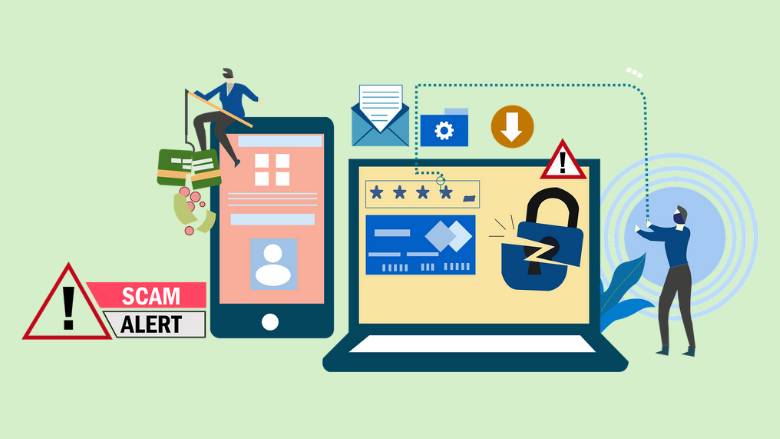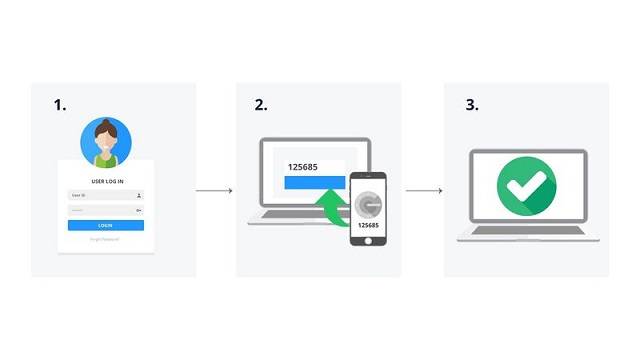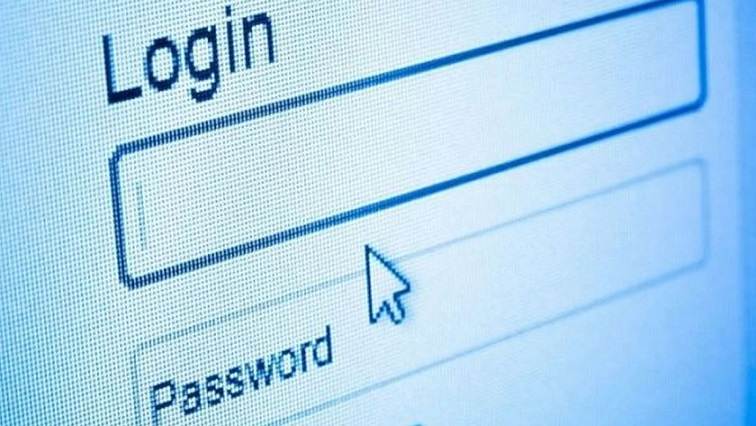The threat of phishing attacks continues to grow as cybercriminals constantly develop new technologies and tactics to deceive their victims. In today’s connected world, it’s more important than ever to stay up to date on the latest phishing trends and technologies to protect yourself from these attacks.
In this article, we’ll look at the future of phishing and what new technologies and tactics could be used to defraud unsuspecting victims. We will also discuss what you can do to protect yourself from these attacks and how businesses and organizations can improve their security measures to defend against phishing.
Table of Contents
New Phishing Technologies and Tactics
In today’s digital world, cybercriminals are using increasingly sophisticated technologies and tactics to lure unsuspecting victims into phishing attacks. One common method is social engineering, in which attackers target personal information to gain their victims’ trust.
Personalized phishing emails have also become a common practice. In addition, Artificial Intelligence and Machine Learning technologies can be used to create automated phishing attacks and send personalized phishing messages.

Even chatbots and messaging apps can be used to trick victims into clicking on malicious links. Finally, deepfake and audio clip manipulation technologies can be used to abuse victims’ trust and trick them into revealing personal information. It is therefore essential to be aware of these new technologies and tactics to protect against phishing attacks.
Phishing on Businesses and Individuals
Phishing attacks can have a serious impact on businesses and individuals. By losing sensitive data, businesses and individuals can be financially damaged and lose the trust of their customers. Financial fraud and identity theft are just some of the possible consequences. In addition, a company’s image can be significantly damaged by a successful phishing attack.

If customers or business partners learn that the company is not adequately protecting their data, this can lead to a massive loss of trust. Finally, phishing attacks can also pose physical threats. Social engineering attacks, in which attackers target personal information to gain the trust of their victims, can lead to attackers gaining access to a company’s physical premises and causing damage.
It is therefore important that companies and individuals are aware of how phishing attacks can affect their security and reputation in order to take appropriate protective measures.
Prevention and Protection Against Phishing Attacks
Phishing attacks are a serious threat to businesses and individuals. However, the good news is that there are steps you can take to protect against these attacks and minimize their impact. Attackers are using more sophisticated techniques and targeting practices.
So It is important for individuals, businesses, and employees to understand where the phishing threats really lie today. In this article, we will discuss some steps that businesses and individuals can take to protect themselves against phishing attacks.
Educate and Raise Awareness Among Employees and Individuals
Educating and raising awareness among employees and individuals is the first and most important step to protecting against phishing attacks. A successful approach to anti-phishing can truly protect against phishing.
Educating employees and individuals about the different types of phishing attacks and the methods attackers use can help them recognize phishing emails or other attacks. Regular training and awareness programs can help raise awareness and minimize the risk of phishing attacks. When an employee or company’s application encounter with a phishing attempt, the IT department should work instantly and have a solid plan on how to analyze and respond to it.
Use Phishing Protection Software and Tools
There are a variety of software and tool solutions specifically designed to detect and defend against phishing attacks. These solutions can help businesses and individuals detect and block malicious emails and other phishing attacks before they can cause harm.
Unlike other forms of commonly used cybersecurity threats, phishing attacks use human psychological tricks. So people easily expose their personal information, and this is why it has been historically very difficult to combat.
Email spam filters are now available in all major services like Gmail. Businesses should deploy spam filters to automatically block any suspicious emails, malicious links, bulk campaigns, and catchy marketing materials.
Strengthening Security Measures with Multi-factor Authentication and Encryption
Multi-factor Authentication (MFA) is an advanced authentication method that encourages users to provide two or more verification factors to gain access to the account. Nowadays every popular app and service has a two-factor authentication feature for added security.

Another important protective measure against phishing attacks is the use of multi-factor authentication and encryption. Multi-factor authentication requires additional confirmation to ensure that only authorized users can access protected data or systems. Encryption of data can also help ensure that only authorized individuals can access it.
Contingency Planning and Response to Phishing Attacks
It is also important for businesses and individuals to have a contingency plan in place in the event of a phishing attack. Such a plan should include steps to take in the event of an attack, such as immediately reporting it to IT security officials or changing passwords. A quick response can help minimize the damage and prevent potential secondary damage.

Overall, there are many steps that companies and individuals can take to protect themselves against phishing attacks. By educating and raising awareness among employees and individuals, using protective software and tools, strengthening security measures with multi-factor authentication and encryption, and preparing for emergencies, businesses and individuals can minimize the risk of phishing attacks and protect their data and systems.
Conclusion
In conclusion, phishing attacks are a constant threat to businesses and individuals. This social engineering attack is often used to achieve user data, including login credentials and credit card numbers.
The ongoing development of new technologies and tactics makes it more difficult to defend against these attacks. However, there are effective measures that businesses and individuals can take to defend themselves against phishing attacks. Phishing attacks are occurring more often and are increasingly successful due to some intelligent tactics.
Through a combination of employee and individual training and awareness, the use of protective software and tools, strengthening security measures, and contingency planning, the risk of phishing attacks can be minimized.
By taking these measures, you can effectively protect yourself from phishing attacks and keep your data and systems safe from harm.
